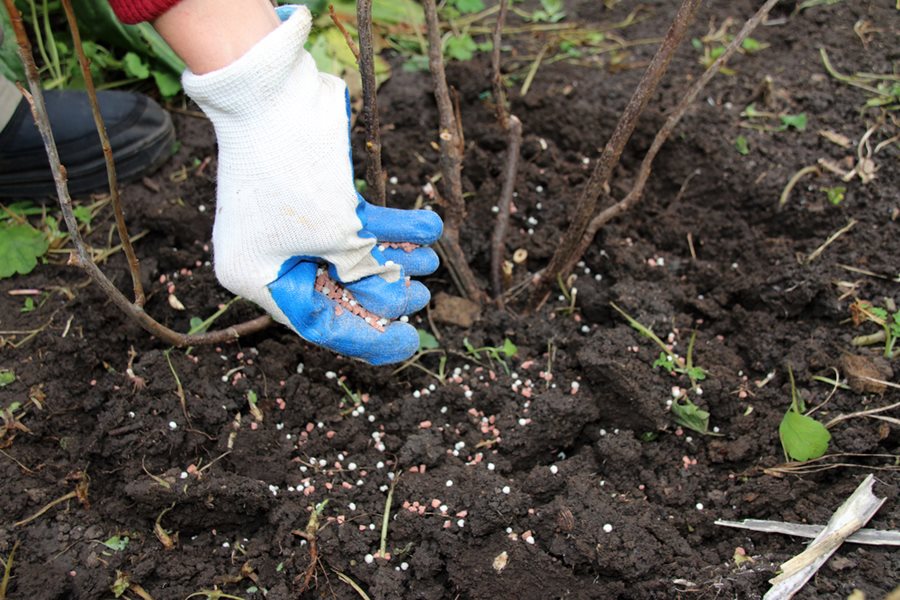Your cart is currently empty!

Gardening Fertilizer Tips

There are many factors to consider when it comes to fertilizing your garden. But fertilizing correctly can make a big difference in your plants’ health, growth and production.
Knowing the best time and method of application is essential to growing healthy plants, flowers and vegetables. Keep reading to learn more about gardening fertilizer tips and how to get the most out of your efforts!
Time of Year
In general, the best time to fertilize a vegetable garden is in the spring. This is because the soil is still moist and warm, and the weather is conducive to plant growth.
The most effective fertilizer is a balanced product with the correct ratio of nitrogen, phosphorus and potassium for your specific needs. You can opt for a liquid or granular product that will provide your plants with the best chance of maximizing their performance.
For a successful, low maintenance garden, it’s essential to pay attention to all the details. This includes preparing your garden bed for optimal growing conditions, selecting the right fertilizer, and watering properly. This will help you produce an abundant and delicious harvest! Whether you’re growing vegetables, fruits or flowers in your backyard, the best gardening fertilizer tips will make your crops stand out from the crowd.
Type of Crop
There are a number of different types of crops. Each crop has its own unique characteristics that determine when and how they grow.
A common classification, based on general trade use, divides crops into cereals (wheat, oats, barley), forages, oilseeds, orchard crops, berries and vegetables. This classification helps farmers to plan their planting and harvesting activities, as well as determine which plants need a particular fertilizer type.
Fruits and berries require specific amounts of nutrients at various stages throughout their growing cycle, so fertilizer for fruits or vegetables is often formulated to address those nutrient needs. This type of fertilizer is often granular, and can be applied directly to the soil or sprayed on the leaves as a foliar spray.
Vegetables need nutrients most in spring and during flowering and fruiting. Apply a soluble fertilizer to seedlings and transplants in the spring, and switch to a granular fertilizer as they mature. Be careful not to apply too much liquid fertilizer, as this can burn the young roots of the vegetable plant.
Method of Application
The method of fertilizer application depends on the nature of your garden, the nutrient needs of your plants and the soil. It also depends on the season and how much you want to feed your garden.
Often, the best choice is to mix granular fertilizers into the top 3 to 5 inches of soil before planting your vegetables. This gives the nutrients a slow release over time.
Some gardeners prefer to apply chemical fertilizers, which are absorbed into the soil through irrigation water or rain. These are often used during periods of drought when plants may not be able to absorb their own nutrients.
Composted animal manures, which are a more organic form of fertilizer, are sometimes applied as a side dressing. These are placed on the surface of soil and worked into the top 3 to 5 inches with a rototiller or plough before planting.
Storage
Keeping fertilizer in the right place can help it last longer and make it easier to use next year. Gardeners should store unused fertilizer in an area where it will stay dry and cool, and keep it away from sources of heat or moisture.
The amount of time fertilizer can last varies depending on the type of product you purchase. Some granular fertilizers can last for years if stored properly, while liquid fertilizers have shorter shelf lives.
All reputable fertilizer products have label instructions and safety information on their packaging. Read these labels carefully and follow them to the letter.
by
Tags: